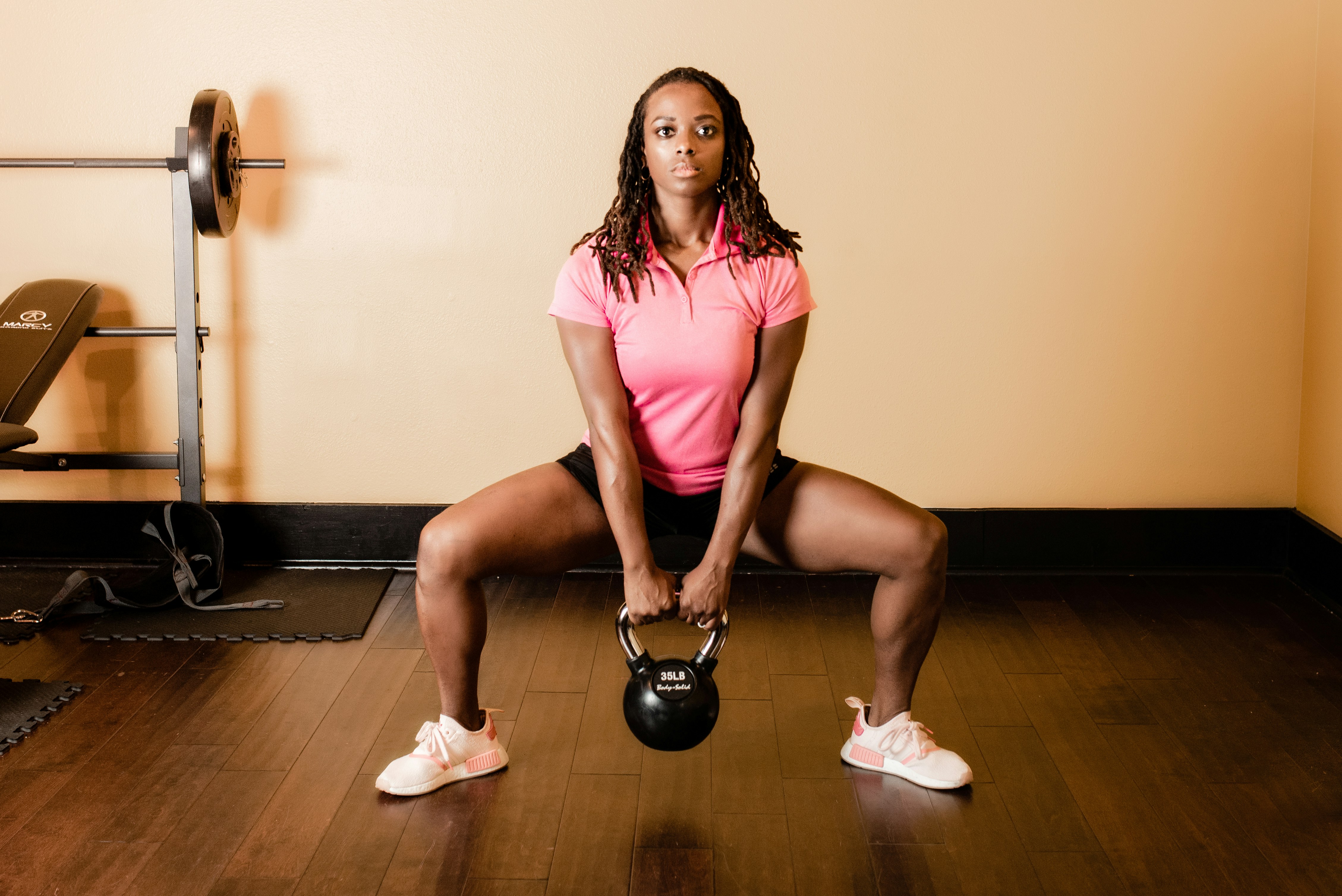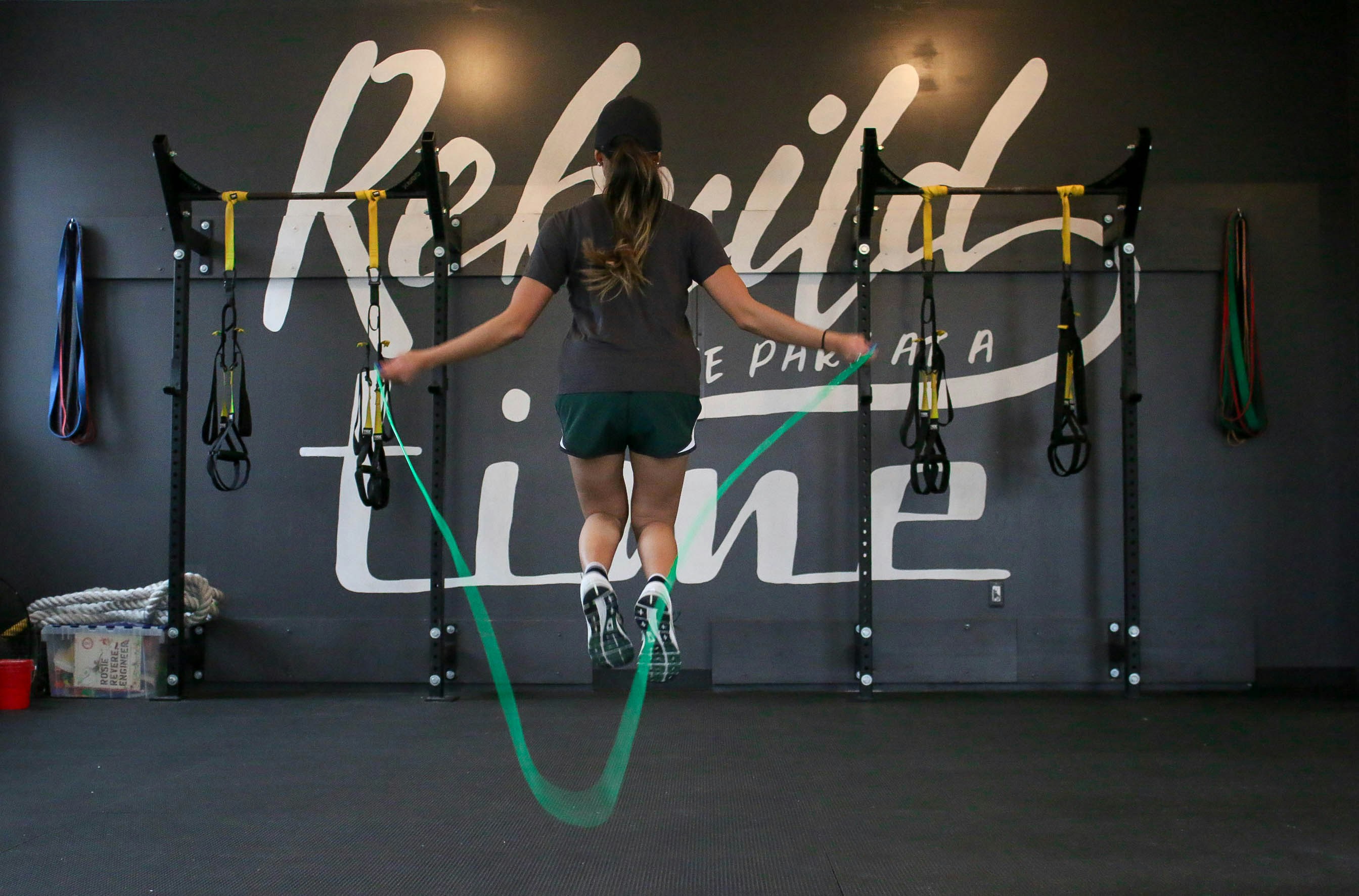Intermittent Fasting and Fitness: Can They Coexist?

Intermittent Fasting and Fitness: Can They Coexist?
Intermittent Fasting (IF) has become one of the most popular dietary strategies for fat loss, longevity, and metabolic health. But how does it fit into the world of fitness and exercise? Can someone who lifts weights or does high-intensity training benefit from fasting, or does it sabotage performance and gains?
This article takes a deep dive into the science behind intermittent fasting and its compatibility with different forms of exercise , from resistance training to cardio. We’ll explore the pros, cons, practical strategies, and what recent research says.
📌 What is Intermittent Fasting?
Intermittent fasting refers to a pattern of eating that cycles between periods of fasting and eating. The most common types include:
- 16/8 Method : 16 hours of fasting, 8-hour eating window.
- 5:2 Diet : Normal eating 5 days a week, calorie restriction (~500–600 kcal) on 2 non-consecutive days.
- Alternate-Day Fasting : Fasting every other day.
- OMAD (One Meal A Day) : 23:1 eating-to-fasting ratio.
It is not a diet in terms of what you eat, but rather when you eat .
⚖️ The Physiology Behind IF and Exercise
During a fasted state, insulin levels drop and the body switches from using glucose to stored fat as a primary energy source. This metabolic switch is often cited as a mechanism for improved fat loss and insulin sensitivity.
However , when it comes to exercise, especially anaerobic activities like strength training , the body still relies heavily on glycogen (stored carbohydrates) for fuel. This raises the question: Does fasting impair performance?
🧠 What Does Science Say?
🔍 Fat Loss & IF
A 2020 systematic review in Clinical Nutrition found that intermittent fasting is equally effective for fat loss compared to continuous calorie restriction when calories and protein intake are controlled.
Key Insight : The success of IF for weight loss is more about the caloric deficit it often naturally creates.
💪 Muscle Mass & Strength
A 2016 study by Moro et al. examined resistance-trained males following a 16/8 fasting protocol. After 8 weeks:
- Lean mass was maintained
- Strength levels were unchanged
- Fat mass was reduced compared to the control group
Conclusion : IF does not necessarily impair muscle growth, as long as total calories and protein needs are met within the eating window.
🏃 Endurance Performance
Cardio activities, especially at low-to-moderate intensity, tend to be less affected by fasted training. In fact, some research suggests a slight benefit in fat oxidation when performing cardio in a fasted state.
However, performance in high-intensity endurance events (like sprinting or HIIT) might suffer without adequate pre-exercise fuel.
🔧 Training While Fasting: Practical Considerations
✅ Best Practices for Compatibility
Train at the End of the Fast or in the Eating Window
- For strength training, aim to work out right before your first meal so you can refuel and recover quickly.
Prioritize Protein Intake
- Target 1.6–2.2g of protein per kg of body weight , spaced across the eating window.
Hydrate, Hydrate, Hydrate
- Fasting doesn’t mean skipping water. Electrolytes (sodium, potassium, magnesium) can help with performance and fasting comfort.
BCAAs or EAA Pre-Workout (Optional)
- Some choose to consume branched-chain amino acids (BCAAs) before fasted training to help mitigate muscle breakdown.
Watch Your Recovery
- Ensure you're sleeping enough and eating nutrient-dense meals to optimize recovery, especially in calorie deficit phases.
🧬 Benefits of IF for Athletes and Lifters
- 🔥 Body Recomposition : Helps reduce fat while maintaining lean mass
- ⏱️ Insulin Sensitivity : Improved metabolic function, useful during cutting phases
- 🧘 Hormonal Health : Increases in growth hormone and norepinephrine during fasting windows may support recovery and energy (though effects vary)
- 🧠 Mental Clarity : Some report improved focus and mood during fasted periods
⚠️ Who Should Be Cautious with IF?
- High-volume athletes needing large caloric intakes
- Women , especially those with hormonal issues—prolonged fasting may affect the menstrual cycle or thyroid function
- Individuals with a history of eating disorders
- People with diabetes or metabolic disorders (medical supervision needed)
📅 Sample 16/8 IF + Training Day Schedule
| Time | Activity |
|---|---|
| 7:00 AM | Wake up, hydrate |
| 8:00 AM | Light cardio or stretching |
| 10:00 AM | Strength workout (fasted) |
| 11:30 AM | First meal (high protein) |
| 3:30 PM | Second meal |
| 7:00 PM | Final meal |
| 8:00 PM | Begin fast again |
✅ Final Thoughts
Intermittent fasting can be a powerful tool for fat loss and metabolic health , and it doesn’t have to conflict with your training goals —as long as you manage your nutrition, training timing, and recovery .
Whether you're lifting heavy, running long distances, or just staying active, the key lies in consistency , personalization , and listening to your body .
📚 References
Moro, T., Tinsley, G., Bianco, A., et al. (2016). "Effects of eight weeks of time-restricted feeding (16/8) on basal metabolism, maximal strength, body composition, inflammation, and cardiovascular risk factors in resistance-trained males." Journal of Translational Medicine , 14(1), 290.
Tinsley, G.M., La Bounty, P.M. (2015). "Effects of intermittent fasting on body composition and clinical health markers in humans." Nutrition Reviews , 73(10), 661–674.
Anton, S.D., et al. (2018). "Flipping the metabolic switch: Understanding and applying the health benefits of fasting." Obesity , 26(2), 254–268.




